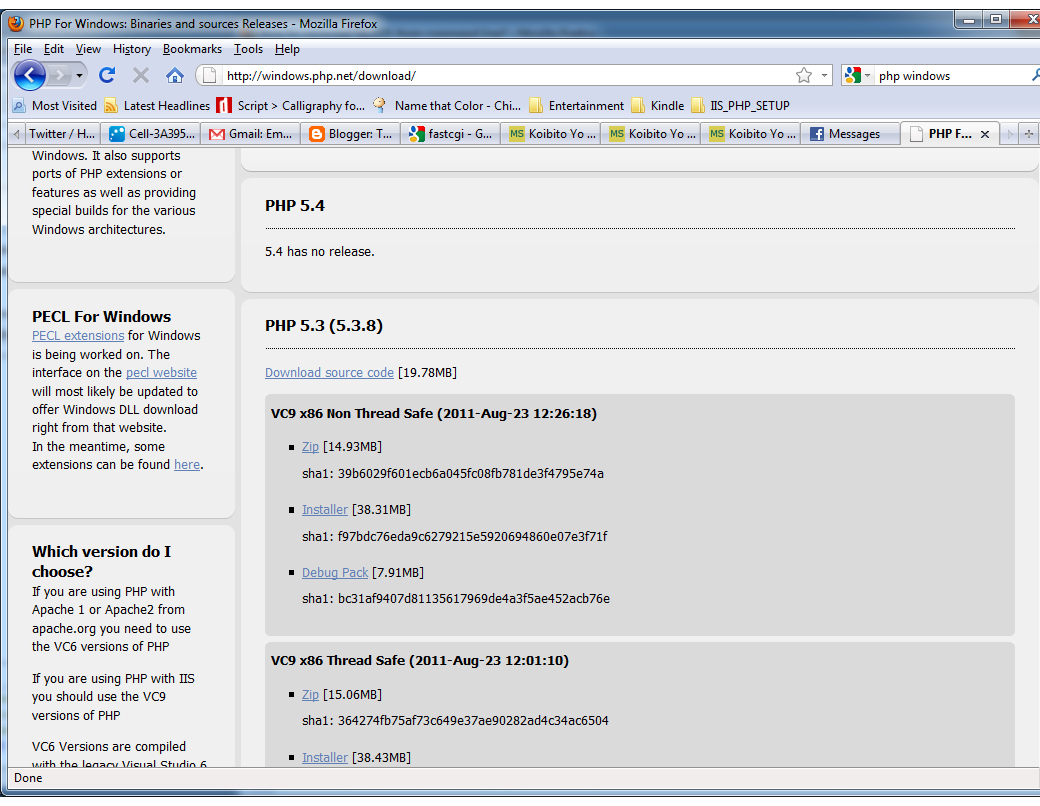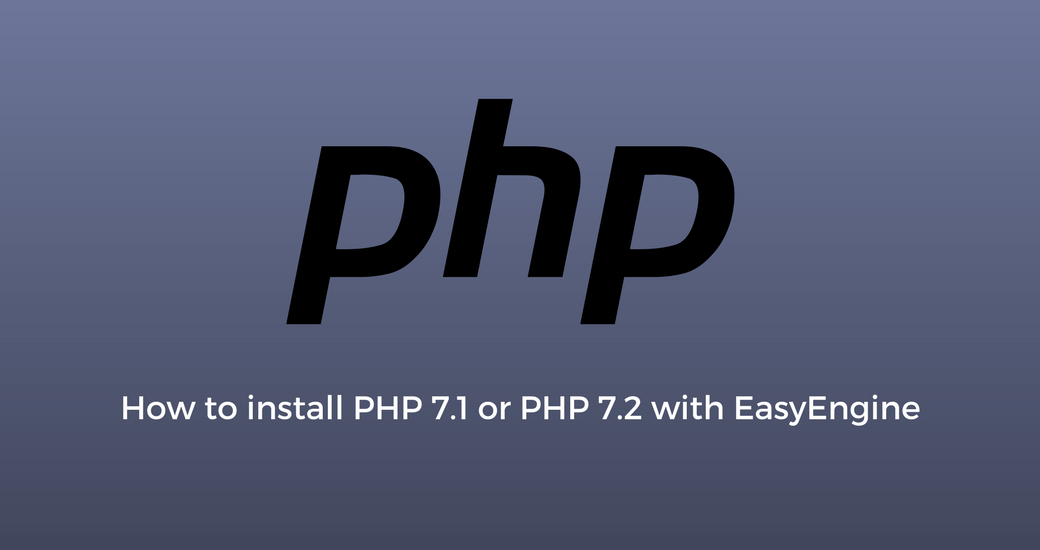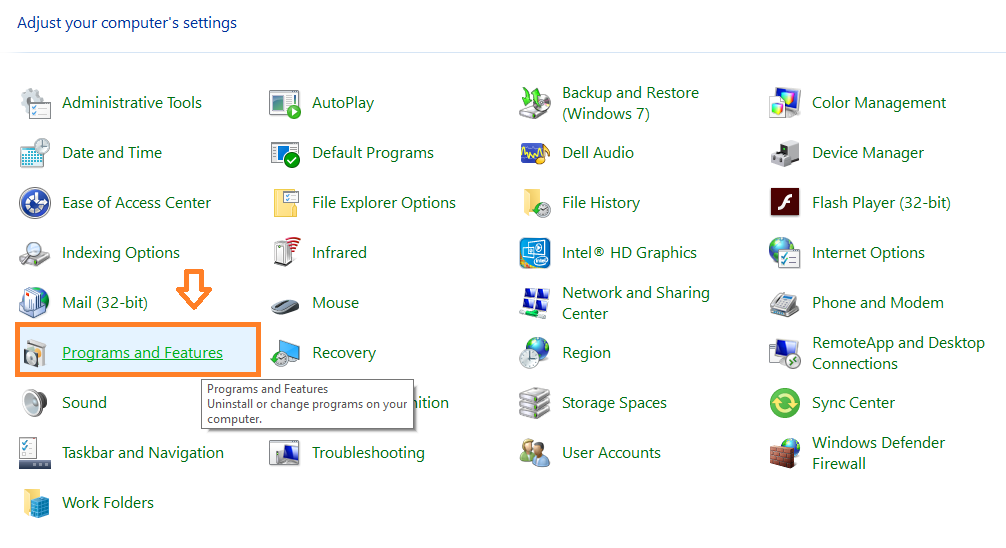

- #Install php install#
- #Install php update#
- #Install php upgrade#
- #Install php windows 10#
- #Install php code#
To start performing analysis on your code, require PHPStan in Composer: composer require -dev phpstan/phpstanĬomposer will install PHPStan’s executable in its bin-dir which defaults to vendor/bin.
#Install php code#
Properly annotated and typehinted code (class properties, function and method arguments, return types) helps not only static analysis tools but also other people that work with the code to understand it. The more strongly-typed your code is, the more information you give PHPStan to work with. PHPStan works best with modern object-oriented code. (Code written for PHP 5.6 and earlier can run on 7.x mostly unmodified.) You have to run it in environment with PHP 7.x but the actual code does not have to use PHP 7.x features. Set LocalIPv4BindingAddress to 127.0.0.PHPStan requires PHP >= 7.2.Set the AddressCacheDisabled key to Yes to prevent DNS propagation cache issues.Go to File -> Open Acrylic Configuration.The recommended approach is to use a wildcard DNS server: For instance, '' would forward to '127.0.0.1'Įditing your host file for every foundation is pretty annoying. We use Acrylic DNS on our Windows machine to automatically setup host files for our local development. You can find this under the "arrow down" icon in the top bar -> Settings. The easiest to do this is copy our Terminal file from this repository to the Terminal settings. This is identified by the following guid: You can find that here:Īfter launching, you need to configure WSL as a valid terminal. We use Windows Terminal for a nice Terminal interface around WSL2. Sudo mkdir /var/run/mysqld & sudo chown mysql:mysql /var/run/mysqldįor Enflow users: we've included our ~/.bash_aliases file in this repository for copying. This function should look something like: When your machine is started up, you need to run restart as the first commando to start all services up. We've defined a restart function in our ~/.bash_aliases file to help starting up. Install the rootCA.pem via Chrome's certificate installer. To find these, go to cd /home/USERNAME/.local/share/mkcert. Install the root certificates on your local machine.To install these for nginx, run sudo ln -s /etc/dev-ssl /etc/nginx/ssl.Move generated certificate and key to /etc/dev-ssl/cert.pem & /etc/dev-ssl/key.pem.home/linuxbrew/.linuxbrew/bin/mkcert '*.enflow.test' '*.client.test' '*.' '*.concept.test' '*.foundation.test' '*.private.test' We ran the following, but depends on your subdomains/nginx configuration etc. Install mkcert /home/linuxbrew/.linuxbrew/bin/mkcert -install.Install ( /home/linuxbrew/.linuxbrew/bin/brew install mkcert).Install ( /bin/bash -c "$(curl -fsSL )").

We use chromium with the puppeteer integration to create PDFs etc from webpages and running Laravel Dusk tests.

#Install php update#
Run composer global update to install those global dependencies. You may change this to handle your usecases. Paste the following composer.json file to ~/.composer/composer.json. Move to global directory: sudo mv composer.phar /usr/local/bin/composer

locale-gen nl_NL & locale-gen nl_NL.UTF-8 & locale-gen -purge.Optional dependencies: apt install -y nodejs rlwrap git dos2unix memcached default-jre htop yarn unzip dh-autoreconf redis-server pv ack unoconv.Install PHP/webserver/database: apt install -y php8.2-fpm php8.2-mbstring php8.2-curl php8.2-bz2 php8.2-zip php8.2-xml php8.2-gd php8.2-mysql php8.2-intl php8.2-sqlite3 php8.2-soap php8.2-bcmath php8.2-memcached php8.2-redis php8.2-xmlrpc php8.2-imagick apt-transport-https nginx mysql-client mysql-server.echo "deb stable main" | sudo tee /etc/apt//yarn.list.WSL2 is installed! Now the dependencies.
#Install php upgrade#
Run 'sudo apt update' & 'sudo apt upgrade -y' to update all dependencies.We prefer to use our firstname in lowercase format: i.e. Install Ubuntu from the Microsoft store and launch Ubunto from start.
#Install php windows 10#
You may install this on a Windows 10 machine with build 1904 or later (May 2020 release). We use WSL2 (Bash on Windows) for local development on Windows.


 0 kommentar(er)
0 kommentar(er)
